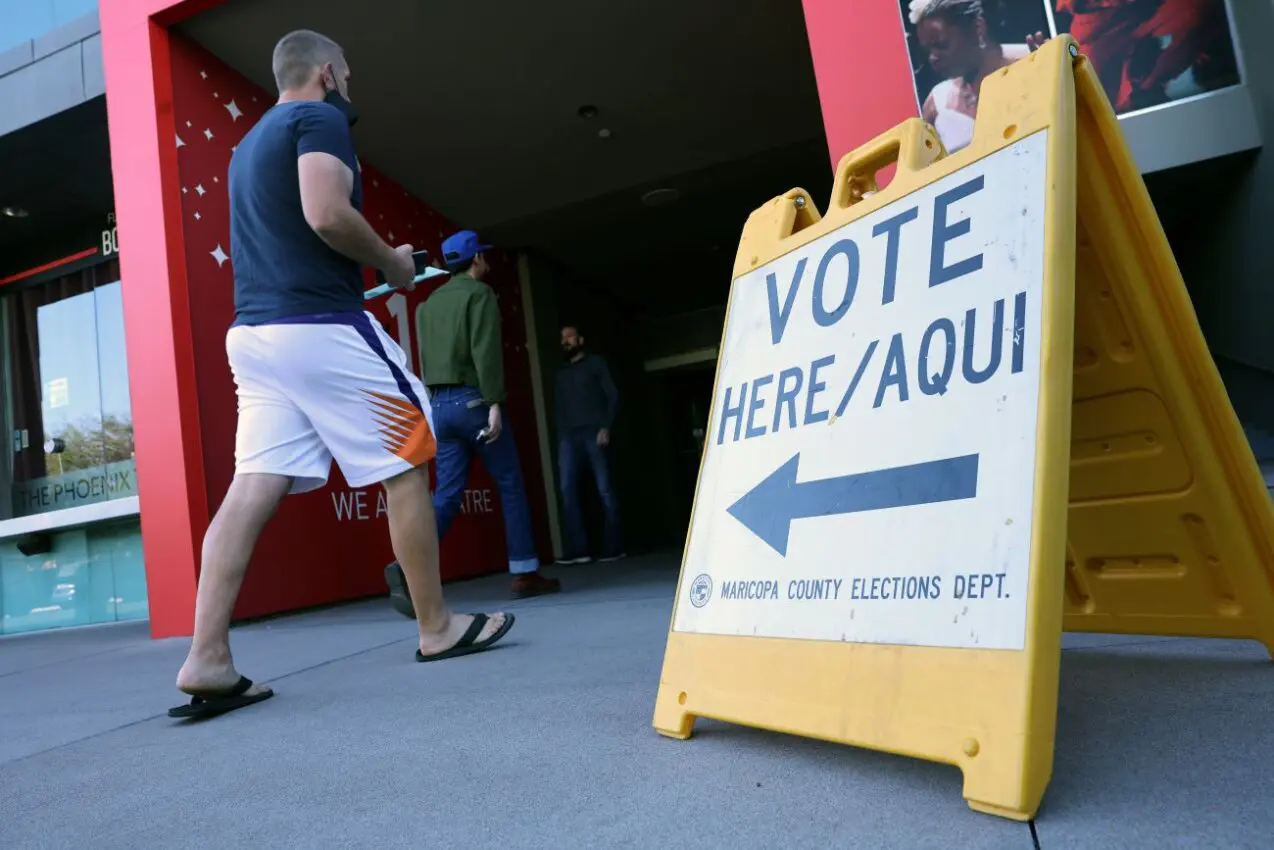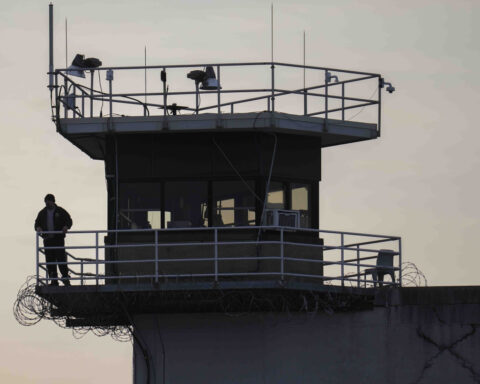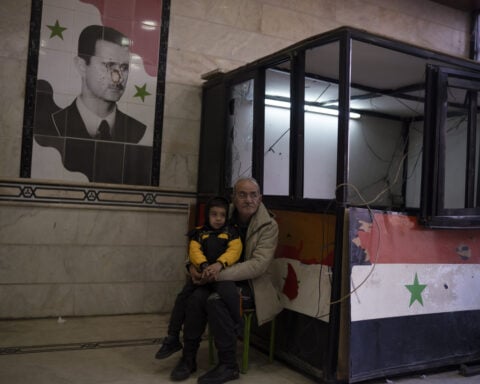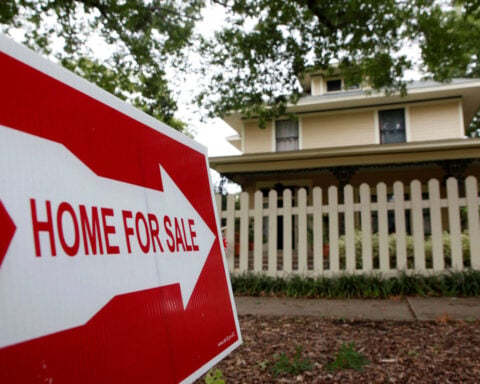Los Angeles heads to the polls today to vote in federal, state and local elections. While the race for president has grabbed headlines, there are also a number of down ballot and local elections taking place. LAPost.com has rounded up the essential information that L.A. County voters need to know.
What’s on the ballot?
At the federal level, Angeleños will have the option to vote for president, where Donald Trump and Kamala Harris represent the Republicans and Democrats, respectively.
There will be two votes for the Senate: one to immediately fill the vacant seat left by Sen. Diane Feinstein’s passing, and the other to determine the holder of that same seat, once the current congressional term ends in January. In both cases, voters will decide between Democrat Adam Schiff and Republican Steve Garvey.
All 435 of the nation’s House seats are up for grabs. Seventeen of them sit at least partially in L.A. County. A map of them all can be found here.
The race for District Attorney this year pits the progressive incumbent George Gascón against the law-and-order candidate Nathan Hochman. Results are expected to have wide ranging ramifications for the politics of Southern California.
Ballot measures
As usual in California, voters will also be able to choose from a broad range of ballot measures. There are ten such propositions at the state level, and numerous more available locally.
The statewide ballot measures are as follows:
- Proposition 2: Borrows $10 billion to build and repair schools and colleges
- Proposition 3: Enshrines the right to same-sex marriage into the California Constitution; repeals a previous (now inactive) measure to ban same-sex marriage.
- Proposition 4: Borrows $10 billion to spend on environmental and climate projects, especially drinking water improvement
- Proposition 5: Lowers voter approval threshold to 55% for local governments to borrow money for affordable housing and related programs.
- Proposition 6: Prohibits the state from forcing inmates to work involuntarily.
- Proposition 32: Raises the state minimum wage to $18 per hour starting in January 2025.
- Proposition 33: Allows local governments to limit the amount by which landlords can raise rents.
- Proposition 34: Requires certain healthcare providers who get discounts on pharmaceuticals to use the profits they make on them for patient care. Stipulations in this proposition mean that only the AIDS Healthcare Foundation would be affected.
Where and when can I vote?
Polling places in California will be open from 7 AM to 8 PM. The Secretary of State’s office has posted a tool to find your nearest polling place. Voting takes place at designated community centers, city offices, libraries, churches, and other community-oriented locations.
It is still possible to use your mail-in ballot. Ballots deposited into mailboxes must be postmarked by today. This means that they will have to be dropped off before pickup time today. However, there are a number of ways to return your ballot after mail has been collected. Mail-in ballots will be accepted at polling locations during normal voting hours, and may be returned to drop-off locations and ballot boxes before polls close. A list of these locations is available at lavote.gov.
You can cast your vote at any polling location. The tool at locator.lavote.gov displays approximate wait times at each station.
How to register and get to the polls
If you haven’t yet registered to vote, you can do so today at an elections office, polling place, or vote center. Voters who register on election day will be given a provisional ballot, which will be counted once their registration is approved.
Metro has announced that it will be offering free rides across its system today, in an effort to encourage turnout. Other cities in the region are also offering free transit, including Culver City, Santa Monica, Glendale, Pasadena, Long Beach, Los Angeles, Foothill, Norwalk and Montebello.
Safety
The City of Los Angeles Emergency Operations Center (EOC) has been activated to monitor the situation. The EOC will determine how to allocate resources over the course of the day.
Additionally, the Los Angeles Police Department’s Operations Center has announced that it will be maximally deployed
When will we know the results?
County officials will begin releasing vote tallies around 8 PM. Early mail ballots will be announced first, followed by in-person votes. Mail votes will be counted up to a week after Election Day, so final tallies for close races may take until then.
California’s votes at the federal level will likely be called tonight. The state’s record of voting Blue means that many decision desks will feel confident announcing results before most votes are counted.
For national results, we may be waiting a while. The key swing states of Michigan and Wisconsin will likely announce a winner tomorrow afternoon, according to a Protect Democracy report. Pennsylvania and Nevada, widely considered to be the two states most likely to decide the election, are both projected to take four days to call.
If any of these races are exceptionally close, they may take significantly longer. Tight margins will necessitate recounts and additional scrutiny. Much like in 2020, we are unlikely to know the winner of the presidential election Tuesday night. By this time next week, however, things should be much clearer.

 Ex-Sen. Bob Menendez, citing 'emotional toll,' seeks sentencing delay in wake of wife's trial
Ex-Sen. Bob Menendez, citing 'emotional toll,' seeks sentencing delay in wake of wife's trial
 Cats can get sick with bird flu. Here's how to protect them
Cats can get sick with bird flu. Here's how to protect them
 An uneasy calm settles over Syrian city of Homs after outbreak of sectarian violence
An uneasy calm settles over Syrian city of Homs after outbreak of sectarian violence
 WHO chief says he was at Yemen airport which Israeli strikes targeted
WHO chief says he was at Yemen airport which Israeli strikes targeted
 Organizers say two sailors have died in Sydney to Hobart yacht race amid wild weather conditions
Organizers say two sailors have died in Sydney to Hobart yacht race amid wild weather conditions
 Column-Why US Congress restored Social Security benefits for public-sector retirees: Mark Miller
Column-Why US Congress restored Social Security benefits for public-sector retirees: Mark Miller
 Peru declares environmental emergency after oil spill
Peru declares environmental emergency after oil spill
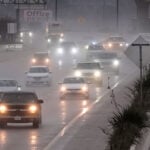 Holiday travelers are facing flight cancellations as severe storms roll into the South
Holiday travelers are facing flight cancellations as severe storms roll into the South
 Miami Hurricanes men’s head basketball coach Jim Larrañaga steps down, cites NIL: ‘I’m exhausted’
Miami Hurricanes men’s head basketball coach Jim Larrañaga steps down, cites NIL: ‘I’m exhausted’
